How does pickleball scoring work – basic guide (2024)
Pickleball is a racquet sport that is typically played as a doubles game, but it can also be played as a singles game. The scoring system in pickleball is relatively simple, and it’s based on a rally scoring system, which means points can be scored by either the serving or receiving team. The first team to reach a specific number of points and win by a margin of at least two points wins the game. In this article, we will delve into the point “How does pickleball scoring work?”.
About the Pickleball Scoring
Pickleball now has a scoring system called “side out scoring.” Put otherwise, on a pickleball court, you can only score a point when you are serving. In the pickleball community, there has been some talk thus far about switching to “rally scoring” as the new scoring system. No matter who serves the pickleball, a point is scored on every rally in rally scoring. There are a few arguments both for and against using rally scoring in pickleball. Rally scoring is a system where a point is given after every rally, irrespective of which team served.
Here are some arguments for using rally scoring in pickleball:
- Faster-paced games: Rally scoring keeps the game moving at a quicker pace because points are scored on every rally. This can make matches more exciting and engaging for both players and spectators.
- Greater fairness: Rally scoring ensures that both teams have an equal opportunity to score points, regardless of who serves. This can make matches more equitable and reduce the impact of a robust server dominating the game.
- Reduces service advantages: In traditional scoring, a team could win a match without ever serving if they break the opponent’s serve repeatedly. Rally scoring eliminates this possibility, making it fairer for both teams.
- Encourages focus and intensity: Players must maintain a high level of concentration and effort on every point, as there are no “free” points awarded through service faults or errors. This can lead to a higher level of play and competitiveness.
Here are some arguments against using rally scoring in pickleball:
- Lack of strategy: Some argue that rally scoring diminishes the strategic aspects of the game, as there is no longer an advantage for the serving team. This can reduce the importance of tactics and shot placement.
- Longer matches: Rally scoring can lead to longer matches, especially if players are evenly matched, as there are more points played in each game. This may be a drawback for those who prefer shorter games.
- Increased physical demands: Longer rallies can be more physically demanding, which may not be suitable for players with physical limitations or those who prefer a more leisurely pace of play.
- Tension and pressure: The pressure of every point potentially leading to a score can be mentally exhausting and may lead to more unforced errors, affecting the quality of play.
Ultimately, whether rally scoring is suitable for pickleball depends on individual preferences and the level of play. Some players and organisations may prefer the excitement and fairness of rally scoring, while others may value the strategic and tactical aspects of traditional scoring. The choice between rally scoring and traditional scoring should be based on what best suits the needs and desires of the players and the goals of the event or league.
How does pickleball scoring work?
Pickleball scoring can be different from traditional scoring systems in other racquet sports, but it’s relatively straightforward once you understand the rules. Pickleball can be played using both rally scoring and traditional scoring, so we will explain both:
Rally Scoring:
- In rally scoring, a point is granted at the conclusion of each rally, irrespective of the serving team.
- The serving team can score a point on their serve or their opponents’ serve.
- Games are typically played to 11 points (you must win by at least 2 points), but this can vary based on local rules or tournament regulations.
- When the serving team scores a point, they continue serving, and the players switch sides of the court.
- When the receiving team earns a point, they assume control of the serving duties.
- The first team wins the game to attain 11 points with a lead of at least 2 points.

Traditional Scoring:
- In the traditional scoring system, only the serving team can secure points. When the receiving team prevails in a rally, they do not gain a point but do have an opportunity to gain the serve.
- Games are usually played to 11 or 15 points (winning by at least 2 points), although variations can exist.
- The serving team starts the game, and the player on the right-hand side of the court serves underhand diagonally to the opponent’s service box.
- If the serving team wins a point, they continue serving and switch sides. If the receiving team wins a point, they take over the serve but do not score a point.
- The serving team maintains their service until they concede a point, at which point the opposing team seizes their serving opportunity.
- The first team to reach the agreed-upon number of points while leading by a margin of at least 2 points wins the game.
In both rally scoring and traditional scoring, the match typically consists of the best of three games. However, it’s essential to check the specific rules and scoring system being used in the tournament or league you are participating in, as rules can vary in different settings.
Basic Rules for Scoring in Pickleball
Here are the basic rules for scoring in pickleball. Remember that while these rules provide a general understanding, there may be variations and additional details in specific situations or under different sets of rules. It’s essential to familiarise yourself with the specific rules used in the tournament or league where you are playing to ensure you are following the correct procedures.
Rally Scoring:
In the world of pickleball, rally scoring stands as a prevalent choice. This signifies that points are tallied after each rally, with no regard to the serving team. Consequently, the serving team has the opportunity to earn points during both their own and their opponents’ serves.
Serving Rotation:
At the commencement of a match, the team designated to serve initiates play from the right side of the court. The initial server is tasked with delivering the serve diagonally over the net into the opposing team’s service box. It is the player positioned on the right side of the serving team who assumes the role of the first server. After each point is won, the serving team switches sides but continues serving from the right side until they lose a point. Once they lose a point, the opposing team gets the chance to serve.
Points System:
In a game, you need to reach a set number of points to win. Standard game lengths are 11 or 15 points, but it can vary based on local rules and tournament regulations. It would help if you won by a margin of at least 2 points. For example, if the game is played to 11 points, you need to win by a score of 11-9 or higher.
Match Structure:
Typically, pickleball competitions follow a format where the match consists of a best-of-three games structure. In practical terms, this signifies that the match victor is the first team to secure victory in two games. Games are typically played to the predetermined number of points (e.g., 11 or 15), and the team that reaches the required number of points while leading by at least 2 points wins the game.
Service Faults:
Service faults occur when a player violates specific serving rules, such as stepping on or beyond the baseline before making contact with the ball, not hitting the ball within the proper serving area, or serving out of turn. A service fault results in the loss of the serve, and the opposing team gains the opportunity to serve.
Let Serves:
If a served ball hits the net and lands in the proper service area (the diagonal service court on the opposite side), it is considered a “let serve.” In this case, the serve is retaken, and no points are scored.
Closing Thoughts:
In conclusion, understanding the concept of “how does pickleball scoring works” is essential for players and enthusiasts. Whether using rally scoring or traditional scoring, the game is typically played to a predetermined number of points, and a margin of at least 2 points is required for victory. Service rotation and faults play a crucial role, and the best-of-three-games format is standard. To truly enjoy the dynamic and engaging nature of this sport, grasping the fundamentals of pickleball scoring is a must.
For those looking to dive into the world of pickleball or enhance their knowledge, these scoring rules serve as the gateway to a thrilling and competitive game that’s steadily gaining popularity around the world.
FAQ
How many points are required as a minimum to secure a win in a game of pickleball?
The minimum number of points needed to win a game in pickleball is typically 11 or 15, depending on the rules used. However, it would help if you won by a margin of at least 2 points.
What is the best of three games format in pickleball?
In many pickleball matches, the games are played as the best of three. This means the first team to win two games wins the match.
How does service rotation work in pickleball?
The team with the service commences from the right-hand side of the court, and it is the player situated on the right who initiates the serving process. After each point won, the serving team switches sides but continues serving from the right side until they lose a point.
What are some common service faults in pickleball?
Common service faults in pickleball include:
- Stepping on or beyond the baseline before serving.
- Serving out of turn.
- Not hitting the ball within the proper service area.
What is a “let serve” in pickleball?
A ‘let serve’ takes place when the served ball makes contact with the net but still lands within the correct service area on the opposing side. In such instances, the serve is repeated, and no points are awarded.

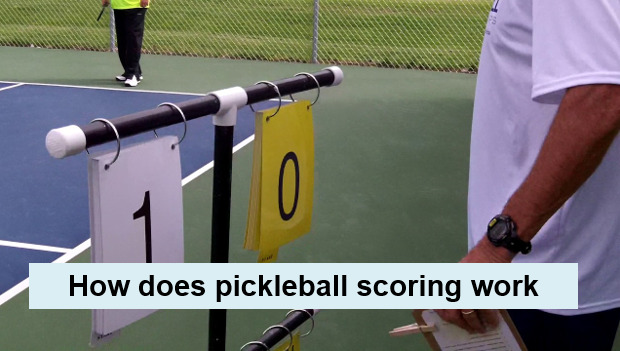
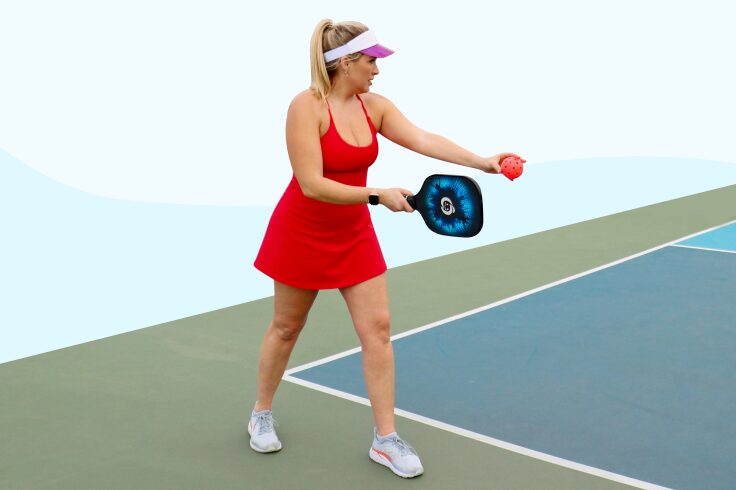
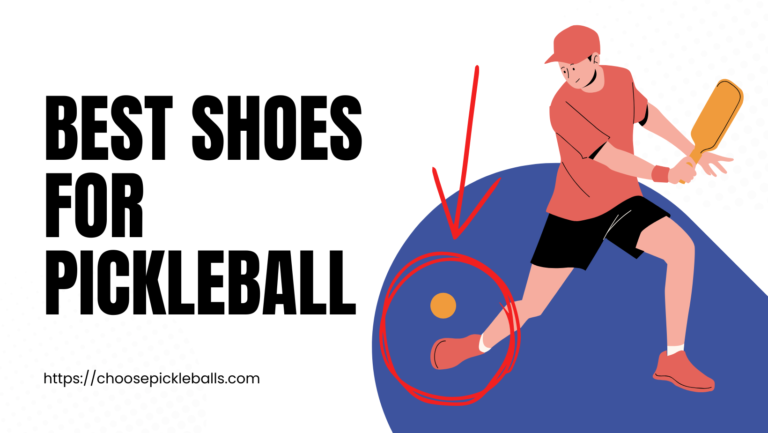
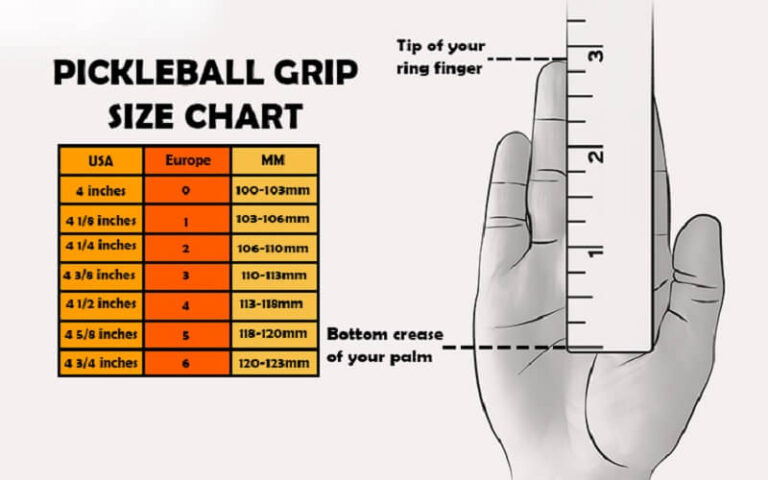

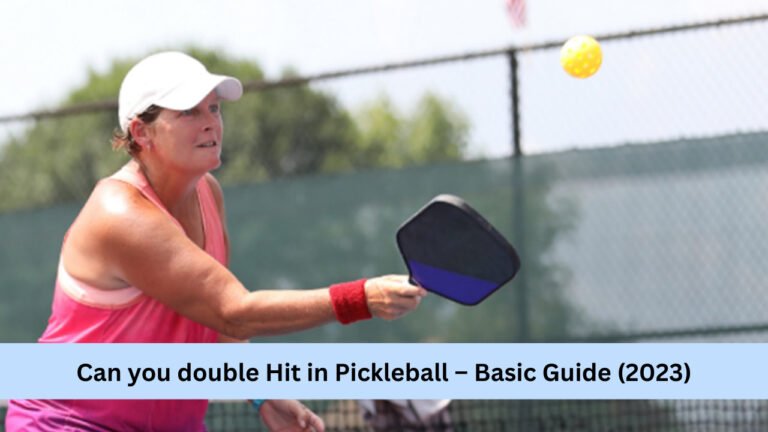
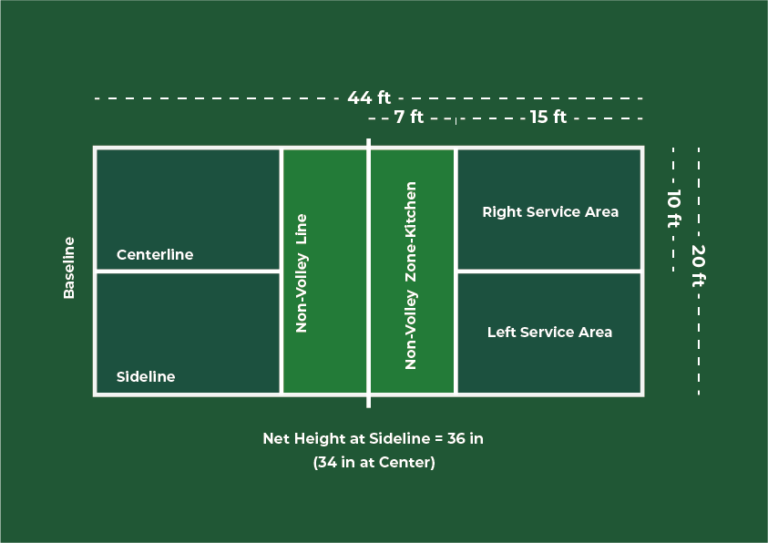
6 Comments
Comments are closed.